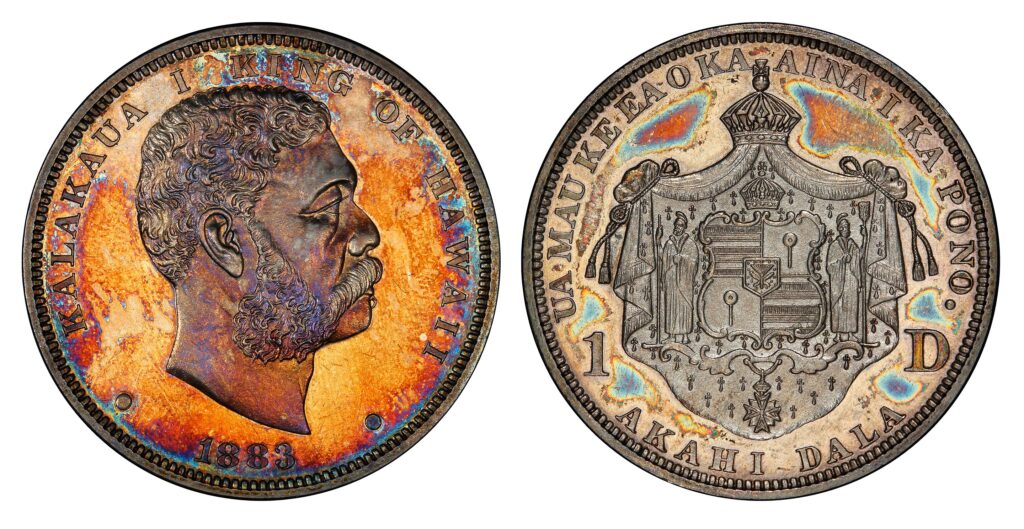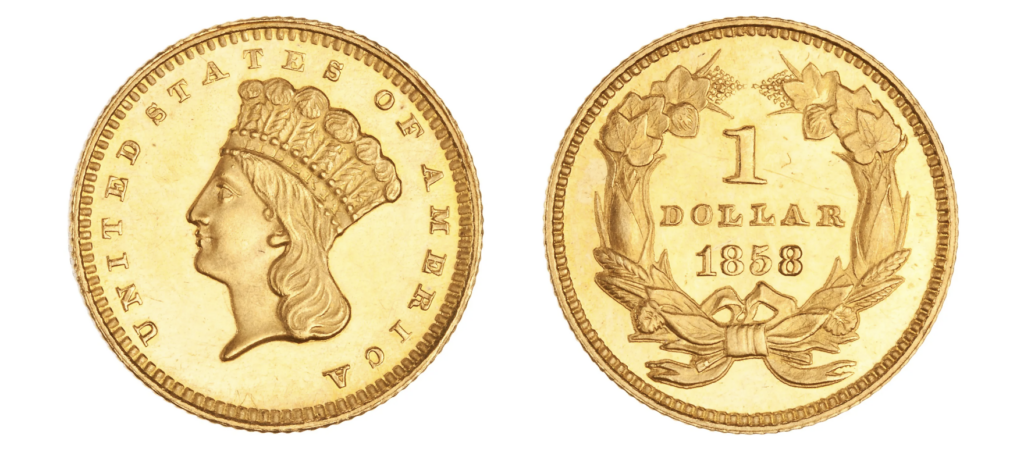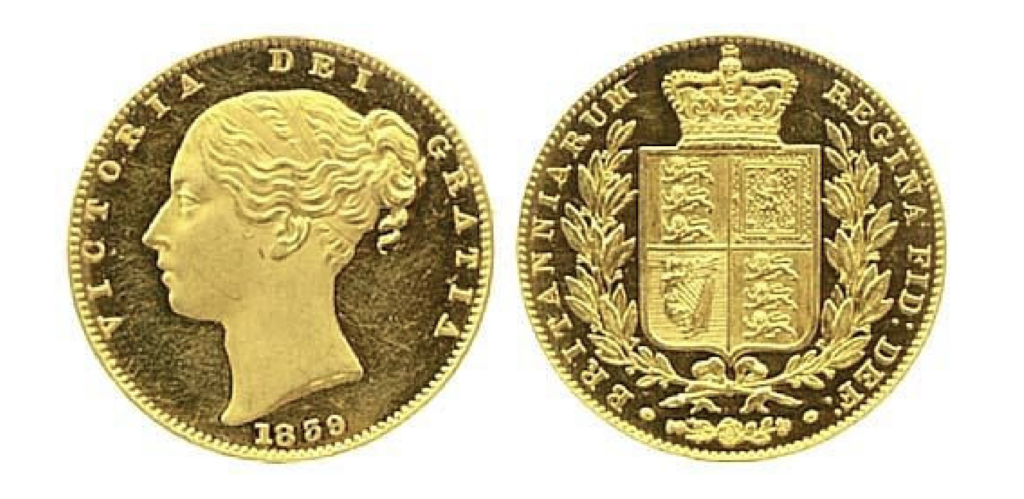A country’s economy, according to Investopedia, “is the total of all activities related to the production, sale, distribution, exchange, and consumption of limited resources by a group of people living and operating within it.” The economy of the Hawaiian Kingdom is a mixed economy based on Francis Wayland’s theory of economics and not Adam Smith’s version that promoted the theory of laisse faire, which is letting the market take its own course.
At the center of Wayland’s theory was the introduction of morality into capitalism. Wayland was a Baptist minister and taught political economy at Brown University. In 1839, he published Elements of Political Economy that was an alternative to Adam Smith’s Wealth of Nations. According to Professor Mykkänen, Wayland was interested in “defining the limits of government by developing a theory of contractual enactment of political society, which would be morally and logically binding and acceptable to all its members.” William Richards, a former missionary and advisor to King Kamehameha III, taught courses at Lahainaluna to the high chiefs of the kingdom on government reform and economics.
In stages of the classes, Richards translated into the Hawaiian language sections of Wayland’s Elements of Political Economy in 1838. By 1839, he completed the sections, and it was published into a book titled No Ke Kalaiaina, which means carving of the land. From the premise that governance could be formed and established to acknowledge and protect the rights of all the people and their property, it was said to follow that laws should be enacted to maintain a society for the benefit of all and not the few. Richards asserted, “God did not establish man as servants for the government leaders and as a means for government leaders to become rich. God provided for the occupation of government leaders in order to bless the people and so that the nation benefits.”
Hawaiian currency was backed by silver at par with the United States currency backed by silver. Hawaiian coinage that was circulated since 1883 included umi keneta—one dime, hapaha—one-quarter dollar, hapalua—half dollar, and akahi dala—one dollar.

In 1876, the Hawaiian Legislative Assembly enacted a statute that from 1877 “gold coins of the United States of America shall be the standard and a legal tender in this Kingdom in all payments of debts, at their nominal value,” as well as “silver coins of the United States shall be a legal tender at their nominal value in payment for all debts within this Kingdom.”

This statute also provided that gold and silver coinage “bearing the legalized impress of any Sovereign State, shall also be receivable in payment of Government dues, duties and taxes, at the exchequer, and in tender or payment of debts contracted by private individuals and payable in this Kingdom, at their value as fixed by the King in Privy Council and published by the Minister of Finance.” In other words, their value will be according to the exchange rate for the Hawaiian dollar and the American dollar.

According to Professor Feilchenfeld, in his 1942 book titled The International Economic Law of Belligerent Occupation, he states:
The law of occupation affects many phases of life. Among them are numerous aspects such as the treatment of educational institutions, the occupant’s attitude towards criminal and administrative laws, and the treatment of the law courts of the occupied state.
The comparative importance of economic aspects and, consequently, the comparative relevance of international economic within the law of belligerent occupation, are indicated by the fact that eleven of the fifteen articles of the Hague Regulations on occupation are exclusively concerned with economic questions. Purely economic provisions are contained in Articles 46-56. Article 42 and 43 of the Regulations deal with general problems affecting both economic and non-economic interests. Only Articles 44, 45 and part of the first paragraph of Article 46, are devoted to interests which are clearly non-economic.
As an independent State, the Hawaiian Kingdom entered into extensive treaty relations with a variety of States establishing diplomatic relations and trade agreements. Its treaty partners include Austria-Hungary, Belgium, Bremen, Denmark, France, Germany, Great Britain, Hamburg, Italy, Japan, the Netherlands, Portugal, Russia, Spain, Sweden-Norway, Switzerland and the United States. None of these treaties were terminated. On the subject of international treaties during an illegal occupation, Professor Benvenisti states:
The UN Security Council often reminds states of their obligation to regard such acts as legally invalid. States must therefore, for example, refrain from signing new treaties with such regimes. But this caveat contains its own caveat: the illegality of the occupant’s measures should not adversely affect the population subject to its rule. States must therefore confine their reactions to the illegality to their direct relations with the occupant, while at the same continue to maintain existing treaty-based relations that benefit the local population.
On the subject of public and private interests under the law of occupation, Professor Feilchenfeld explains that under “the doctrine Rousseau-Portales, war is directed against sovereigns and armies, not against subjects and civilians. This doctrine, which was recognized during the nineteenth century, governs the Hague Regulations.” He goes on to state that under “another legal dogma of the nineteenth century, the Doctrine of Vested Rights, private property of inhabitants is protected against confiscation.”
Black’s Law dictionary defines vested rights as “a right complete and consummated, and of such character that it cannot be divested without the consent of the person to whom it belongs, and fixed or established, and no longer open to controversy.” Since land reform was initiated in 1845, the Hawaiian Kingdom recognized the legal doctrine of vested rights. Specifically, §825 of the Hawaiian Civil Code states, “The several courts, in the decisions, shall have due regard to vested rights.”
The law of occupation provides for the maintenance of the status quo ante of the occupied State’s institutions, legal order and territorial integrity, but also protects the rights of the population of the occupied State. What makes the American occupation of the Hawaiian Kingdom unique or sui generis is not an occupying State’s compliance with international humanitarian law that maintains the status quo ante, but rather its defiance of the law in pursuit of American military interests. Since 1893, the United States denied the application of the law of occupation by acting through puppet regimes it installed and illegally annexed the territory of the Hawaiian Kingdom in 1898 during the Spanish-American War.
At the time of South Africa’s occupation of Namibia, the latter was not at the time a sovereign and independent State. It was a mandate territory assigned to the administration of South Africa in 1920 after the First World War. The League of Nations determined that colonial territories of Germany and Turkey would be assigned to member States so that they can foster the mandate of these territories to eventually become a sovereign and independent State. Instead of adhering to the mandate, South Africa treated Namibia as one of its provinces.
Since it was a mandate territory it came under the authority of the United Nations who became the successor to the League of Nations. This prompted actions to be taken by the United Nations, on behalf of Namibia. In 1969, the United Nations Security Council called on South Africa to withdraw and called its actions in Namibia legally invalid. In 1971, the International Court of Justice, in its Namibia Advisory Opinion, affirmed the United Nations’ authority over Namibia and demanded the withdrawal of South Africa.
The Court also “found that States Members of the United Nations were under an obligation to recognize the illegality of South Africa’s presence in Namibia and the invalidity of its acts on behalf of or concerning Namibia, and to refrain from any acts implying recognition of the legality of, or lending support or assistance to, such presence and administration.” South Africa withdrew its forces from Namibia in 1989. The following year in 1990, Namibia became an independent State.
Since the Hawaiian Kingdom achieved its independence in the nineteenth century, there is no requirement, like in the case of Namibia, for the United Nations to intercede on its behalf. Its continued existence as a State and its sweeping effect of sovereignty is a matter of customary international law. As the International Court of Justice, in the Lotus case, explained:
Now the first and foremost restriction imposed by international law upon a State is that—failing the existence of a permissive rule to the contrary—it may not exercise its power in any form in the territory of another State. In this sense jurisdiction is certainly territorial; it cannot be exercised by a State outside its territory except by virtue of a permissive rule derived from international custom or from a convention [treaty].
The permissive rule the Court referred to is Article 43 of the 1907 Hague Regulations and Article 64 of the Fourth Geneva Convention, that mandates the occupant to establish a military government to provisionally administer the laws of the occupied State until there is a treaty of peace. For the past 131 years, there has been no permissive rule of international law that allows the United States to exercise any authority in the Hawaiian Kingdom, which makes every act stemming directly from its authority unlawful and void.
This places the Council of Regency at the center because it alone, as the government of the occupied State, can legally change what is unlawful and void to become lawful under Hawaiian Kingdom law and the doctrine of necessity. The transformation of the State of Hawai‘i into a Military Government of Hawai‘i will need the cooperation of the Council of Regency to transition from an American economy that international law renders unlawful and void, to a Hawaiian economy based on Wayland’s theory of cooperative capitalism and regulated under Hawaiian Kingdom laws and administrative measures.
Under the law of occupation, the Military Government of Hawai‘i would not incur the debt of the State of Hawai‘i and the Counties. In 2022, the State of Hawai‘i debt was $8.52 billion, and its County debt was $7.87 billion. This debt is based on American law and administrative measures, which is the war crime of usurpation of sovereignty during military occupation. What the Military Government of Hawai‘i would incur is the debt of the Hawaiian Kingdom, which would be the loans of money to the Hawaiian Kingdom government by the issuance of Hawaiian Kingdom bonds since 2013.
In other words, the Military Government of Hawai‘i will be operating on the current budget of the State of Hawai‘i and Counties without having incurred any debt, except for the Hawaiian Kingdom’s debt. The revenues for the budget would have to be realigned under Hawaiian Kingdom laws and administrative measures. For those lenders that loaned money to the State of Hawai‘i or those who purchased State of Hawai‘i bonds, retrieval of their investments would be a matter for the United States federal government and not the Hawaiian Kingdom.

Amazing true and backed up! mAhalo Sai! stay safe!
Wow Deep and Wonderful. Please Buy Bonds Now!!! For the Kingdom and all your future families recognition and appreciation! Time to sacrifice finally something Historic! Imua
Mahalo Kumu! I love this post because when the rubber meet the road capitalism is all about the bottom line however what is the Hawaiian Kingdoms, RCI bond, bottom line or debt? And who is the largest shareholders of RCI bond debt?
Oops, I meant COR bond debt.
Fascinating! I remember a lecture before saying the HK’S legal tender is not only the Hawaiian Dala, but also the British Pound and the U.S. Dollar.
This is so REAL I can see how the Future Na Mo’opuna will change Positively! Mahalo Ke Akua!!!